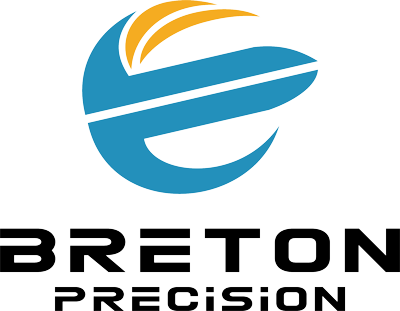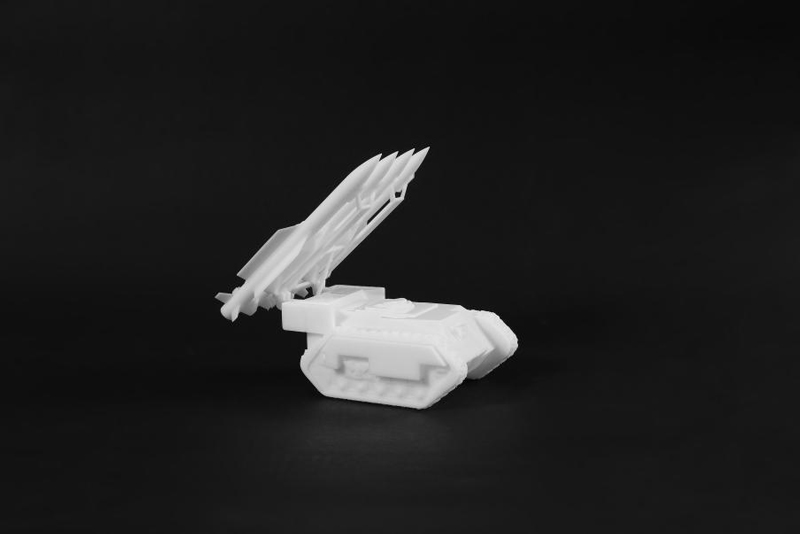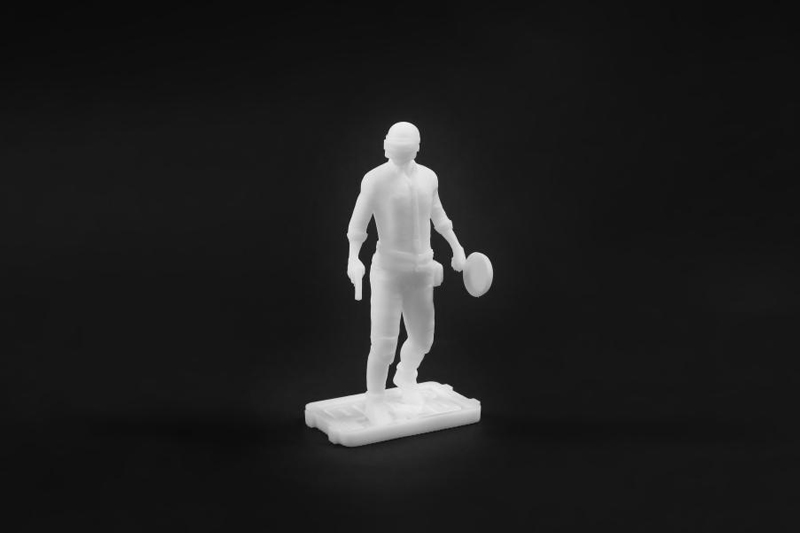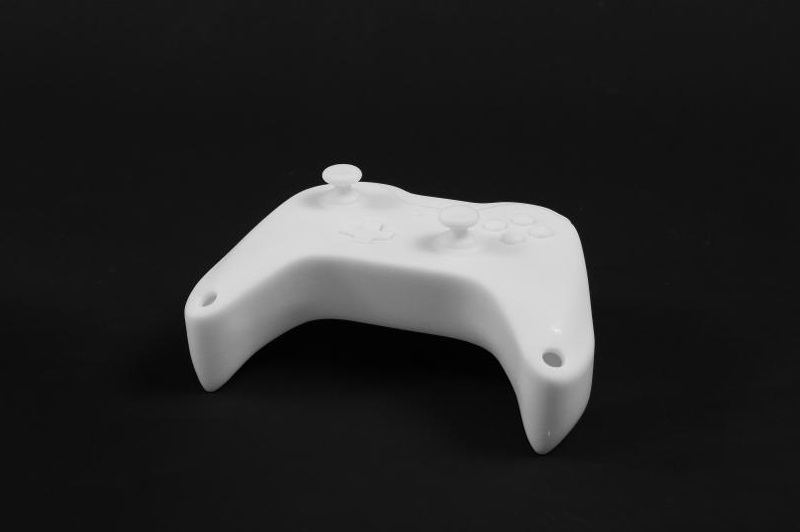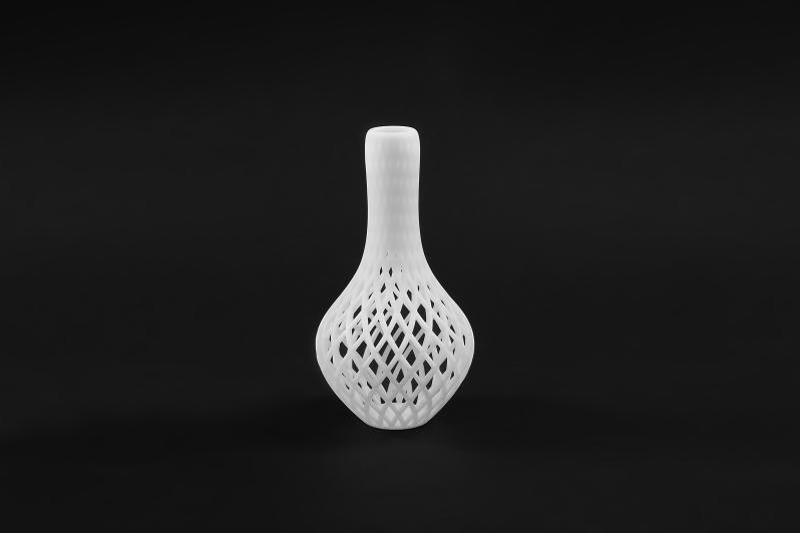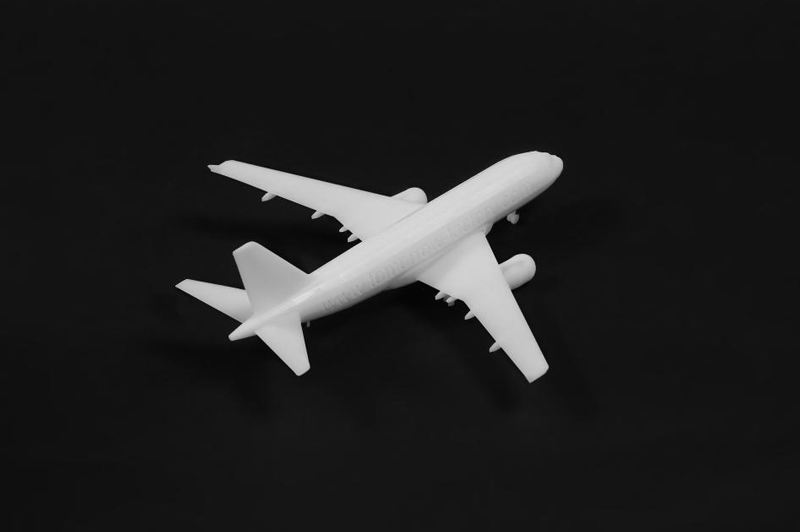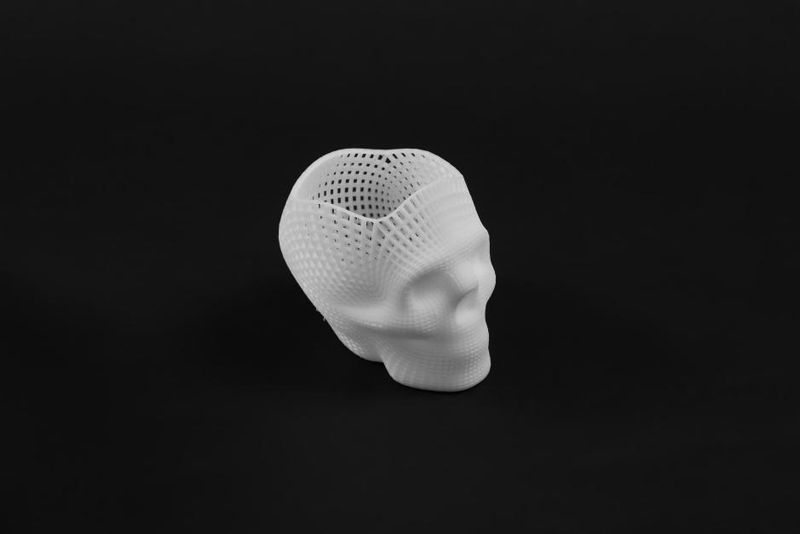Our Custom 3D Printing Services
Breton Precision's 3D printing solutions are perfect for quick prototyping and complex functional components for large-scale manufacturing. Our 3D printing facilities house experienced professionals and cutting-edge additive manufacturing technologies, encompassing four top-notch printing methods: Selective Laser Sintering, Stereolithography, HP Multi Jet Fusion, and Selective Laser Melting. When you choose Breton Precision, anticipate prompt delivery of finely-crafted, accurate 3D printed prototypes and end-use components, suitable for both limited and extensive production requirements.

3D Printing Mateirals
Our range of materials comprises plastic and metal choices such as ABS, PA (Nylon), Aluminum, and Stainless Steel, ideal for different industrial 3D bespoke printing ventures.If you have distinct material specifications, just select 'Other’ on our quote setup page. We're dedicated to procuring precisely what you require.
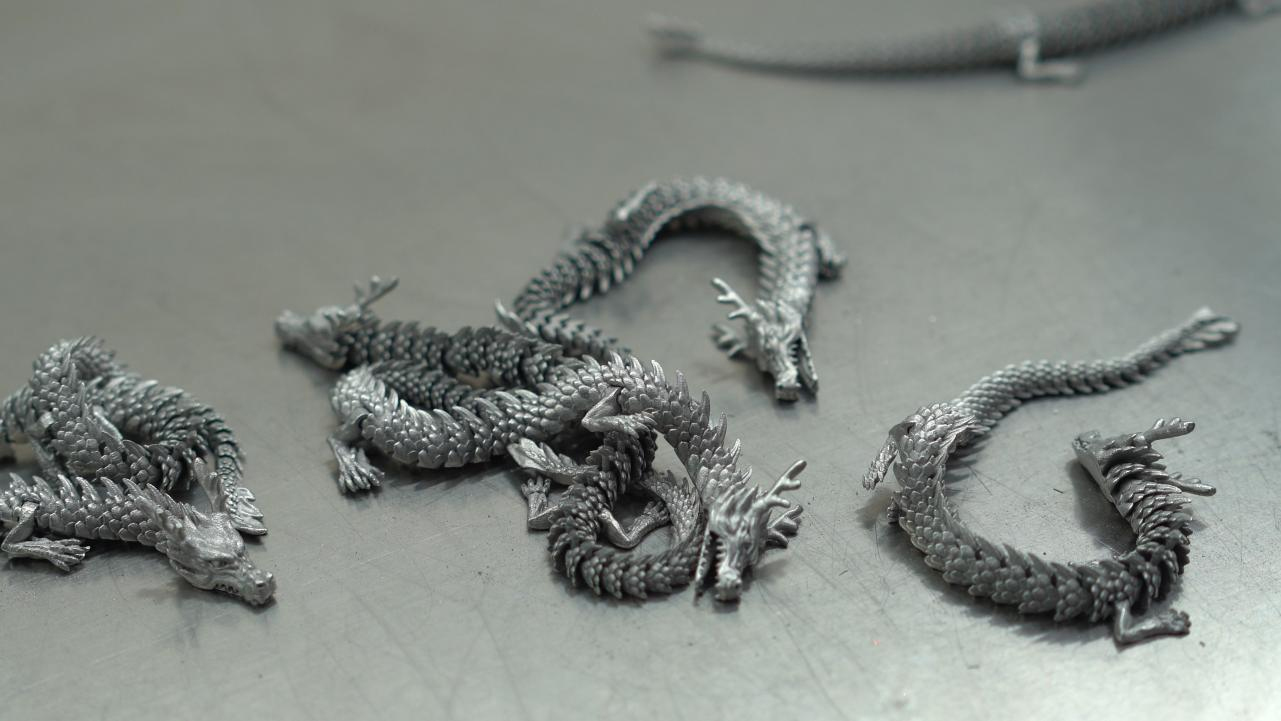
Aluminum
3D Printing Surface Roughness
Explore the details of surface roughness available through Breton Precision's personalized 3D printing solutions. Provided in the table below are the precise roughness measurements for each printing method, assisting in your decision-making for ideal part texture and accuracy.
Printing Type Material |
Post-Printing Roughness |
Post-Processing Technology |
Roughness After Processing |
SLA Photopolymer Resin |
Ra6.3 |
Polishing, plating |
Ra3.2 |
MJF Nylon |
Ra6.3 |
Polishing, plating |
Ra3.2 |
SLS White Nylon, Black Nylon, Glass-filled Nylon |
Ra6.3-Ra12.5 |
Polishing, plating |
Ra6.3 |
SLM Aluminum Alloy |
Ra6.3-Ra12.5 |
Polishing, plating |
Ra6.3 |
SL Stainless Steel |
Ra6.3-Ra12.5 |
Polishing, plating |
Ra6.3 |
Following the completion of post-production procedures, certain materials have the potential to attain a surface coarseness ranging from Ra1.6 to Ra3.2. The particular result is contingent upon the individual needs of the client as well as the specific conditions. | |||
Breton Precision 3D Printing Capabilities
We offer an in-depth review of the distinctive requirements of every 3D printing method, supporting well-informed choices for your printing requirements.
Min. Wall Thickness |
Layer Height |
Max. Build Size |
Dimension Tolerance |
Standard Lead Time |
|
SLA |
0.6 mm for unsupported walls, 0.4 mm for supported wall on both sides |
25 µm to 100 µm |
1400x700x500 mm |
±0.2mm (For >100mm, |
4 business days |
MJF |
At least 1mm thick; avoid overly thick walls |
Around 80µm |
264x343x348 mm |
±0.2mm (For >100mm, apply 0.25%) |
5 businees days |
SLS |
From 0.7mm (PA 12) to 2.0mm (carbon-filled polyamide) |
100–120 microns |
380x280x380 mm |
± 0.3 mm (For >100mm, |
6 businees days |
SLM |
0.8 mm |
30 – 50 μm |
5x5x5mm |
±0.2mm (For >100mm, apply 0.25%) |
6 businees days |
General Tolerances for 3D Printing
-
Basic Size
Linear Dimensions
±0.2 to ±4 mm
Fillet Radius and Chamfer Height Dimensions
± 0.4 to ± 4 mm
Angular Dimensions
±1°30' to ±10'
-
Basic Length
Straightness and Flatness
0.1 to 1.6 mm
Verticality Tolerance
0.5 to 2 mm
The Degree of Symmetry
0.6 to 2 mm
Circular Runout Tolerance
0.5 mm
